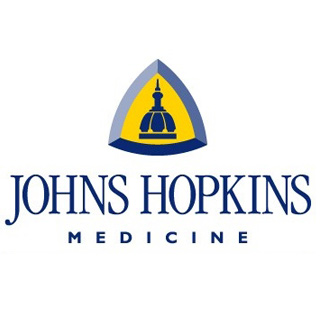
Around 101 patients were examined. These patients were apparently already higher than normal risk of stroke because of aspects which may include high blood pressure or high cholesterol. This project was led by a Johns Hopkins neurologist in partnership with colleagues at the University of Illinois in Peoria. It was seen that an inexpensive eye exam can prove to be more beneficial than MRI which is quite costly.
Dizziness may be responsible for around 2.6 million emergency room visits per year in the US mentioned David E. Newman-Toker, M.D., Ph.D., assistant professor of neurology at the Johns Hopkins University School of Medicine. While most of the dizziness complaints are apparently caused by benign inner-ear balance problems, around 4 percent are believed to be indicators of stroke or transient ischemic attack which is a condition that may caution of impending stroke in the coming days or weeks.
As it was seen that about more than half of patients with dizziness may be experiencing strokes and apparently do not display any of the usual stroke symptoms. These include one-sided weakness, numbness, or speech problems. In the emergency room, the doctors are believed to misdiagnose at least a third of them, losing the opportunity for swift and effectual treatment.
Jorge C. Kattah, M.D., chairman of neurology at OSF St. Francis Medical Center, who co-led the study, commented, “We know that time is brain, so when patients having a stroke are sent home erroneously, the consequences can be really serious, including death or permanent disability.”
Earlier studies have demonstrated that people suffering from a stroke, apparently have eye-movement alterations that draw a parallel with stroke-damage to several brain regions and these are believed to be dissimilar from eye-movement alterations that may be seen with benign ear diseases. For instance, few patients may not be able to instantly adjust their eye position, if their heads are swiftly turned to the side, or they might undergo erratic movements as they may aim to concentrate on a doctor’s finger, when looking at both sides.
It was seen that all the patients in the study apparently complained of grave dizziness that supposedly lasted for several hours continuously. All of them apparently had one risk factor for stroke as a common aspect. The experts chose them so as to apparently increase the odds, that they might detect strokes in this population. It was seen that none of the patients had a history of preceding dizzy spells and supposedly more than half sought care at the Peoria medical center’s ER, although some were inpatients at the hospital or were apparently shifted from other hospitals.
Each of the patients was given an exam by the experts. The exam apparently contained three eye-movement tests. The experts had to look for incapability to keep the eyes steady as the heads of the patients were revolved swiftly to both sides, supposedly looking for jerkiness as patients tracked a doctor’s finger to look right and left, and observing the position of the eye to see if one eye appeared to be higher than the other. All the patients apparently were given an early MRI which is claimed to be the highest-quality neuro-imaging test available to verify stroke in dizzy patients. Patients with eye tests which are apparently suggesting stroke but without stroke on the first MRI scan had to undergo a repeat scan.
In the end, about 69 patients were detected with stroke and around 25 with inner-ear conditions. By means of only the three eye-movement tests, the experts had properly identified all of the strokes and about 24 of 25 with inner-ear conditions. By contrast, preliminary MRI scans were believed to be incorrectly negative in about eight of the sixy-nine stroke patients, who were afterwards accurately diagnosed with follow-up MRIs.
If the results are positive, testing eye movements could have a number of benefits over MRI beyond reliable diagnostics. For instance, while the wait time for an MRI may be for many hours or more, physicians may carry out all three eye-movement tests in a minute or less. Also the eye-movement is thought to be almost free as opposed to about $1000 or more for an MRI.
This study was published in Stroke.
